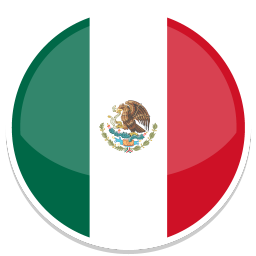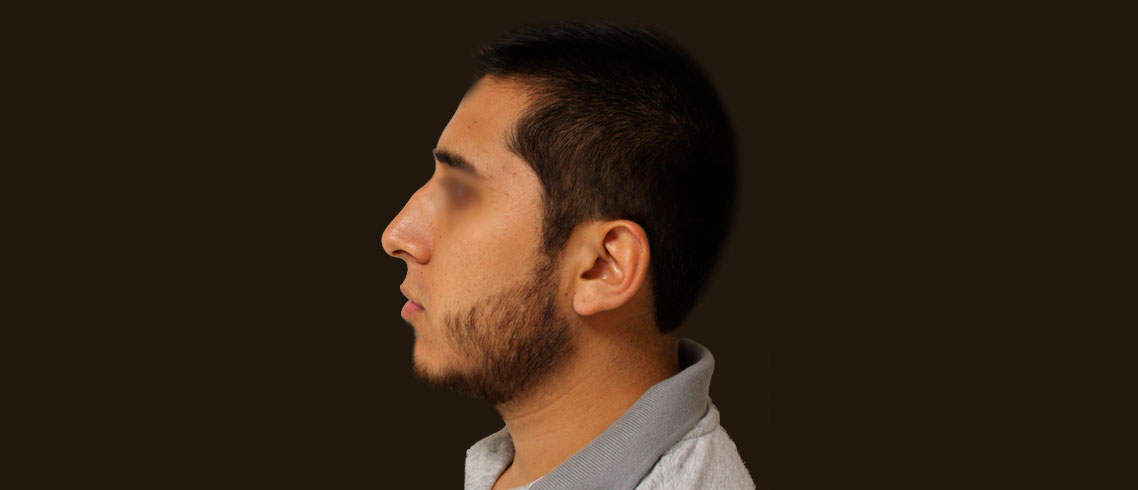Rhinoplasty is surgery to repair or reshape the nose. It is usually made through a cut (incision) made inside the nostrils. In some cases, the incision is made from the outside, around the base of the nose. This type of incision is used to perform a job on the tip of the nose or if you need a cartilage graft. If the nose needs to be tuned, the incision can extend around the nostrils. A small incision can be made on the side of the nose to break it, and shape the bone.
FAQ
1Why is the procedure performed?
• Reduce or increase the size of the nose.
• Change the shape of the tip of the nose or the nasal bridge.
• Reduce the opening of the nostrils.
• Change the angle between the nose and upper lip.
• Correct a congenital defect or injury.
• Help relieve some respiratory problems.
2 Risks
• Drug reactions.
• respiratory problems.
• Bleeding, infection or bruising.
• Loss of nose support.
• Deformities in the contour of the nose.
• Need to perform another surgery in the future.
3Before the procedure
Your surgeon can give you instructions to follow before your surgery. You may need to:
• Stop taking medications that take blood. Your surgeon will give you a list of these medications.
• See your regular health care provider for some routine tests and make sure the surgery is safe.
• To improve healing, stop smoking 2 to 3 weeks before surgery.
Coordinate someone to drive you home after surgery.
4 After the procedure
• You will usually go home the same day as surgery.
• Immediately after the operation, the nose and face swell and hurt. Headaches are common.
• The nasal plug is usually removed in 3 to 5 days, after which you will feel more comfortable.
• A tablet may be left for 1 to 2 weeks.




